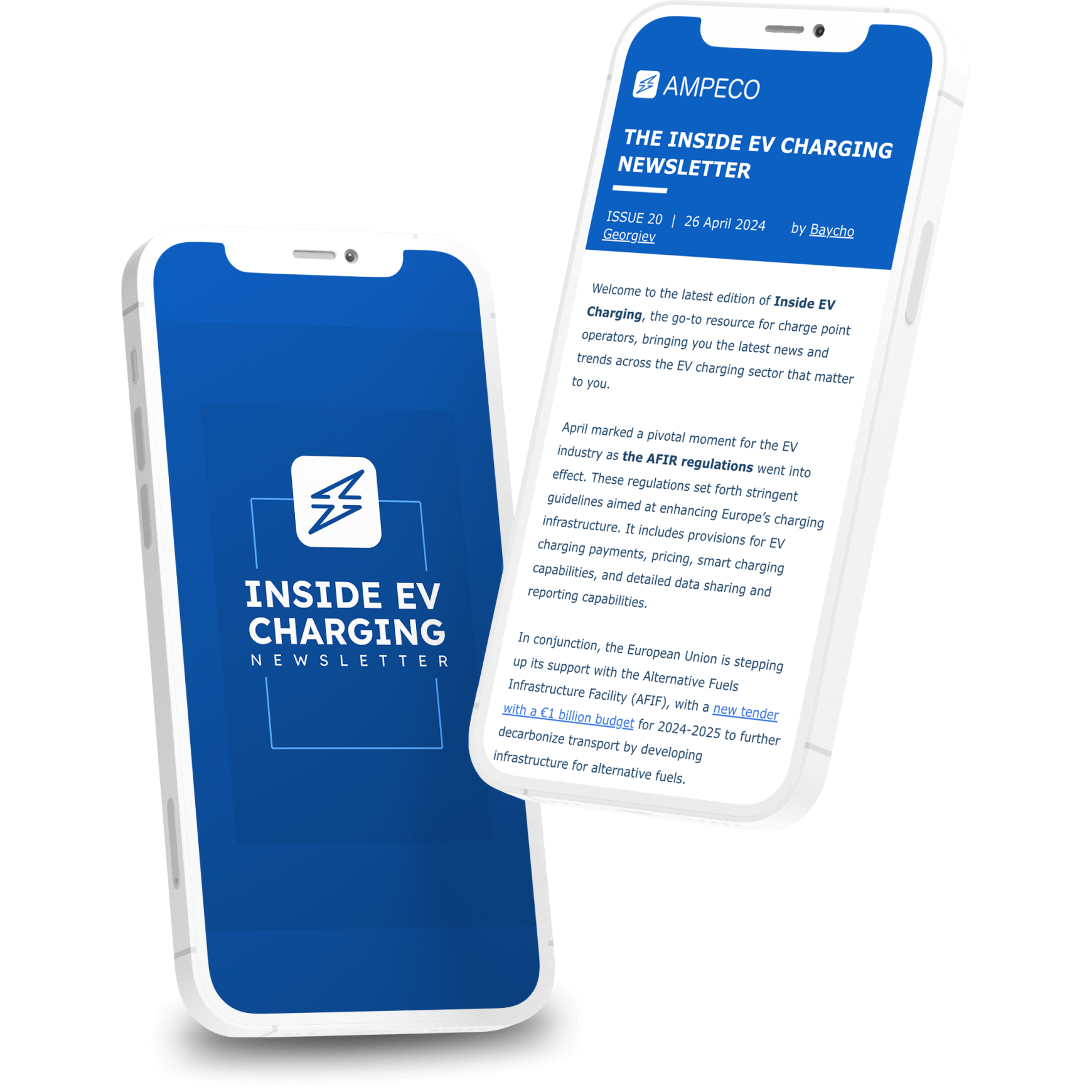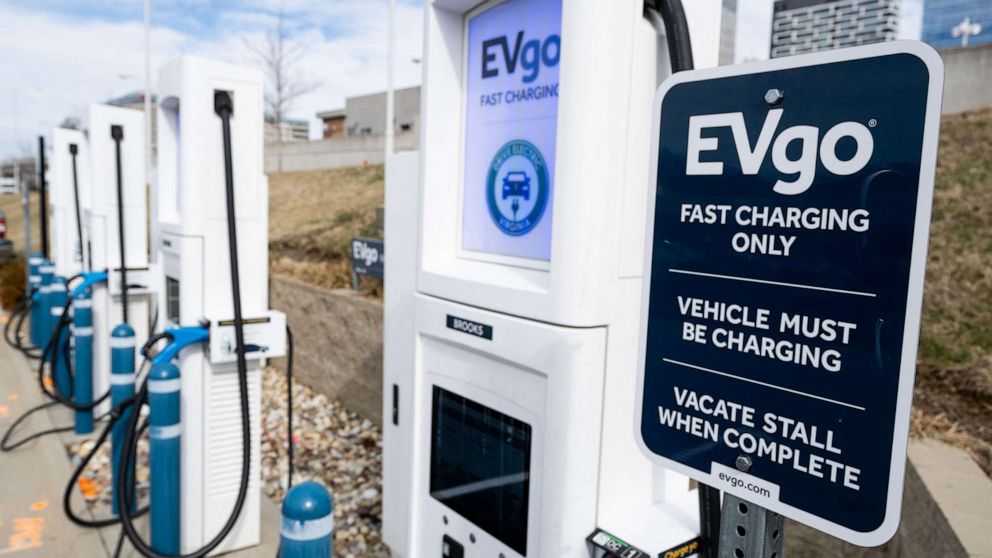The Future of Electric Vehicles and Why You Should Buy EV Charging news Now
The Future of Electric Vehicles and Why You Should Buy EV Charging news Now
Blog Article
Leading EV Charging News: Trick Updates on Facilities and Technology

Recent Improvements in Fast-Charging Modern Technology

In addition, developments in battery modern technology, including improved thermal administration systems and greater energy density batteries, complement fast-charging capacities. These developments minimize the danger of battery destruction throughout rapid charging, making sure longevity and performance for EV owners.
Additionally, the combination of wise billing remedies is enhancing individual experience, making it possible for real-time tracking and vibrant pricing models. EV Charging news. This flexibility permits vehicle drivers to maximize charging times and prices based on grid need
As automakers remain to spend in fast-charging networks, the cooperation between industry stakeholders is vital. Collaborations in between billing terminal service providers and automotive producers are leading the way for substantial protection, eventually promoting a much more robust EV ecosystem. These advancements are critical in supporting the transition to lasting transport.
Federal Government Efforts for Charging Expansion
Government initiatives play a critical duty in the development of electrical vehicle (EV) billing framework, assisting in the shift to sustainable transportation. Numerous federal and state programs are being implemented to boost billing ease of access, decrease the financial worry on customers, and promote the fostering of electrical cars.
Notably, the united state government has alloted significant financing with the Infrastructure Financial Investment and Jobs Act, which allocates $7.5 billion for EV charging network growth across the nation. This funding is focused on deploying hundreds of new billing stations, specifically in underserved locations, thus addressing array stress and anxiety amongst prospective EV customers.
Furthermore, numerous states are establishing regulations to simplify the permitting procedure for charging terminal installations, which is important for accelerating release. Incentives such as tax obligation credits and refunds for both customers and companies are also being introduced to motivate the installation of charging framework.
Furthermore, public-private partnerships are significantly coming to be an emphasis, leveraging exclusive investment to complement federal government financing. These efforts underscore a collaborative technique essential for developing a thorough and efficient EV billing network, ultimately contributing to a greener and more lasting future.
Cutting-edge Battery Solutions Enhancing Performance
Changing the landscape of electric car (EV) innovation, cutting-edge battery remedies are considerably improving effectiveness and efficiency. Advancements in battery chemistry, specifically with lithium-sulfur and solid-state batteries, are resulting in enhanced energy thickness, which enables longer arrays and faster billing times. These new battery types have the potential to exceed standard lithium-ion batteries by using greater capabilities while decreasing weight, therefore enhancing total vehicle efficiency.
Moreover, developments in battery administration systems (BMS) are enhancing energy usage and extending battery lifespan. Smart formulas keep an eye on battery wellness and efficiency, allowing real-time modifications to charging and releasing procedures. This not just improves the efficiency of the battery but additionally makes certain a much more trustworthy and sustainable power source for EVs.
Furthermore, the assimilation of reusing innovations is addressing the ecological effect of battery manufacturing and disposal. Advancements in second-life applications for EV batteries are facilitating their usage in power storage systems, adding to a circular economy.
As these cutting-edge battery options continue to evolve, they assure to transform the EV market, making electrical automobiles more enticing and accessible to a broader target market while supporting global sustainability goals.

Cooperation In Between Automakers and Billing Networks
Identifying the critical need for a durable charging infrastructure, automakers are increasingly collaborating with billing network companies to enhance the EV possession experience (EV Charging news). These collaborations aim to develop a seamless charging ecological community that profits consumers and supports the shift to electric automobiles
Significant auto brand names are signing up with pressures with well-known billing networks to broaden their charging station protection, making certain drivers have access to hassle-free and reliable billing alternatives. As an example, collaborations with networks like ChargePoint and Electrify look at this now America allow car manufacturers to incorporate charging options straight right into their vehicles' navigating systems, directing customers to the nearby terminals and giving real-time accessibility updates.
Additionally, these cooperations frequently lead to the development of fast-charging modern technologies that dramatically reduce the time required to reenergize an EV. By pooling resources and experience, automakers and charging networks can innovate faster, producing options that fulfill the growing need for electric wheelchair.
Additionally, joint initiatives may likewise bring about more standardized billing procedures, which can reduce customer confusion and promote wider EV fostering. On the whole, these critical alliances are pivotal in developing a easy to use and efficient billing framework that meets the requirements of a broadening electric lorry market.
Obstacles Dealing With EV Billing Facilities
As the electric car market remains to grow, a number of obstacles are surfacing that impede the growth of a detailed billing framework. One of the key challenges is the insufficient variety of charging stations, especially in rural and underserved metropolitan locations. This space creates array stress and anxiety amongst prospective EV customers, deterring them from making the switch.
In addition, the lack of standardization accountable technology complicates the facilities landscape. Variants in plug kinds and charging rates can create complication for customers and increase operational intricacies for billing network operators. Furthermore, the assimilation of billing terminals right into existing electrical grids poses significant obstacles. Lots of areas encounter capability restrictions, calling for considerable financial investments in grid upgrades to accommodate raised demand.
One more pressing problem is the high cost connected with the installation and maintenance of billing terminals, which can be an obstacle for both public entities and personal services. Finally, regulative difficulties and zoning restrictions can delay the deployment of billing framework, hampering progression in broadening vital solutions. Attending to these obstacles will be essential for promoting a robust EV ecological community that supports the shift to sustainable transportation.
Final Thought
To conclude, the continuous developments in EV billing innovation, sustained by substantial government initiatives and ingenious battery options, are vital for the Source growth and effectiveness of electrical lorry framework. Cooperations between automakers and billing service providers additionally improve terminal protection, attending to the growing need for accessible billing alternatives. In spite of challenges that linger within the EV charging landscape, these advancements represent a positive trajectory in the direction of an extra efficient and lasting electric lorry community.
Developments in billing infrastructure have led to the development of ultra-fast chargers capable of supplying up to 350 kW of power, substantially decreasing billing times. Variants in plug types and charging speeds can develop complication for visit this website individuals and raise operational complexities for charging network drivers.In final thought, the ongoing developments in EV billing modern technology, sustained by significant federal government initiatives and cutting-edge battery remedies, are vital for the growth and performance of electric vehicle infrastructure. Collaborations in between car manufacturers and billing carriers additionally boost terminal protection, attending to the growing demand for available charging options. Regardless of challenges that linger within the EV billing landscape, these growths signify a favorable trajectory towards an extra reliable and lasting electric vehicle community.
Report this page